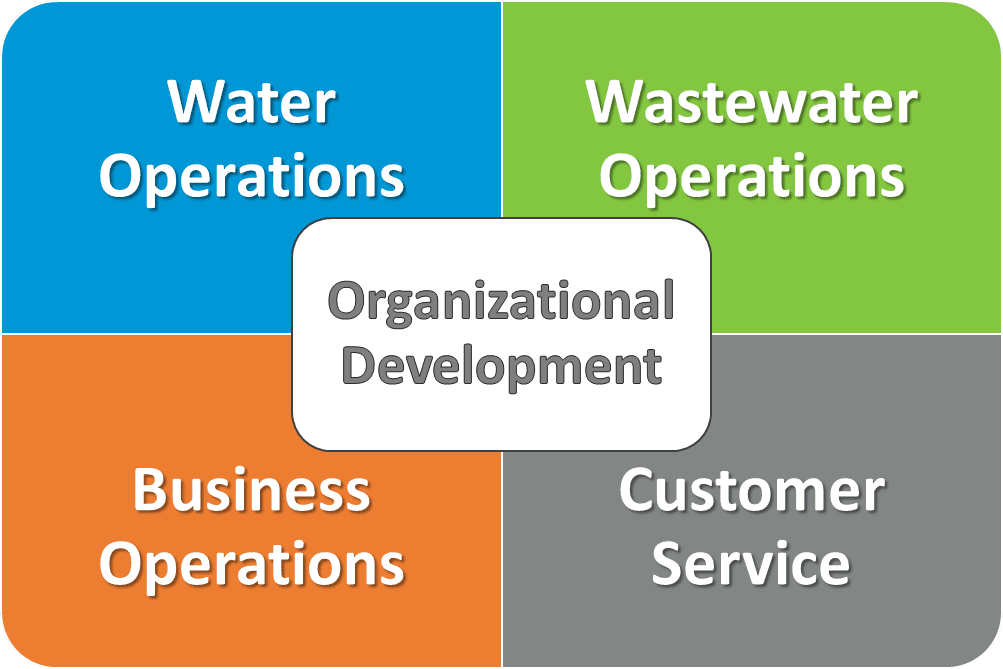Utility benchmarking provides useful staffing level comparisons
February 5, 2025


AWWA Articles
Utility benchmarking provides useful staffing level comparisons
One of the most used indicators from the AWWA Utility Benchmarking Survey is the Staffing Levels metric, which allows participating utilities to compare their staffing levels to peer utilities. This is useful for aligning with strategic priorities, planning for anticipated changes in service delivery, and determining whether current resources are adequate to meet service levels.
Participants submit data on the number of employees in 20 categories for both water and wastewater functions. The aggregate data is presented in quartiles as a total count for both water and wastewater. It is also organized for each category and by operation and maintenance (O&M) and non-O&M subtotals. The sub-categories show the percent of employees allocated to a particular job category.

Austin Water in Texas analyzed the Benchmarking Survey staffing data from large utilities to evaluate internal and external growth rates and ensure its readiness to address emerging industry challenges.
This data serves as a benchmark for determining baseline growth rates, guiding the annual staffing planning process to align with strategic priorities and staffing needs.
“Understanding staffing patterns helped Austin Water plan for growth, estimate future hiring needs, and develop more accurate budgets and forecasts,” said Damian Monreal, senior business process consultant.
In the latest Benchmarking Survey, open now through April 4, there is a new indicator, “Staffing Levels per 1,000 Population Served.” This will allow utilities to benchmark staffing levels per 1,000 population served for both water and wastewater. The aggregated results can be used across utilities, regardless of size, to compare staffing levels across the water sector.
The City of Longmont in Colorado worked with AWWA to develop the new indicator. The utility included staffing level data when presenting its water rate study to its governing board. The study analyzes whether adequate revenues will be generated to meet operating costs in providing service.
Utility operations leaders had reported challenges with coverage and availability due to staff retirements, additional regulatory requirements, less interest in on-call positions, and an increase in time-off benefits for employees (vacation increases, maternity/paternity leave, etc.).
Using the new FTE indicator, the Longmont utility’s presentation showed that over a 30-year period, it had invested heavily in automation and achieved a significant reduction in budgeted FTE. Over the past decade, the utility had only hired FTE commensurate with population growth. Even with a proposed FTE increase in 2025, staffing levels would still be well below the median when compared to peer utilities.
“It was an effective slide to demonstrate that Longmont has made significant strides in increasing operational efficiency, and even with a proposed increase in FTE, Longmont was still comparable and even slightly below peer utilities,” said John Gage, engineering & operations administrator with Longmont’s water & wastewater department.
Visit the Benchmarking resource page for more information about how to get started or email benchmarking@awwa.org.
Advertisement